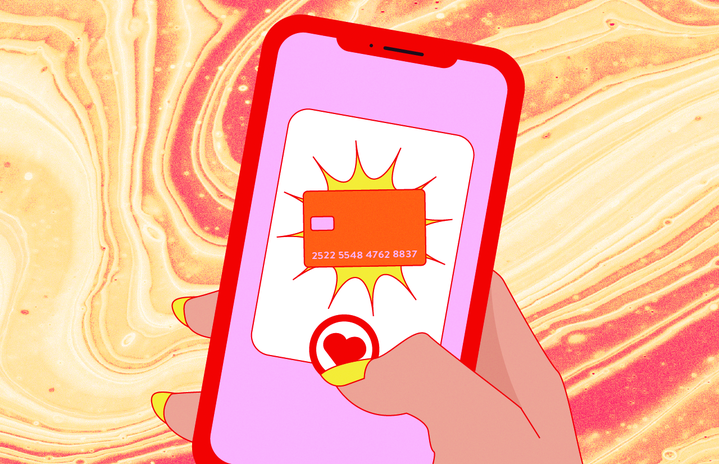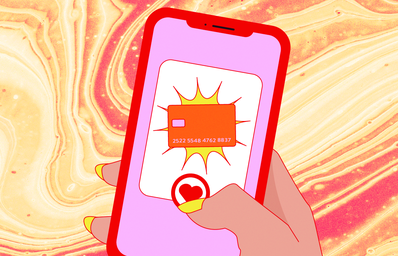This is a sponsored feature. All opinions are 100% from Her Campus.
As a college student, some days you feel like a confident adult and other days you realize you have no idea what you’re doing – and nothing makes the second feeling hit as hard as navigating your personal finances. To save you an Internet search or two, we’ve teamed up with Bank of America to break down the details on credit and credit cards.
What is credit?
Basically, credit is borrowing money that you will pay back later. In short, credit cards let you borrow money from a bank, while debit cards pull money directly from your own bank account with each purchase. With credit, you’re given a set amount of money you are allowed to spend, or essentially borrow, before paying it back at the end of the month. Different rules and deadlines also dictate how much you may have to pay in interest (a percent of how much you borrowed).
You may have also heard of a credit score, which is like a transcript of how you’ve used credit in the past. Your credit score goes up (the higher, the better!) when you’ve used credit responsibly, and having a good credit score comes in handy when you’re looking for apartments or applying for a loan for a house or car. To build credit, it’s important to practice responsible spending habits. Making only purchases you can afford and paying off your credit card on-time and in-full will help increase your score.
So, should I get a credit card?
Getting a credit card is a big step, and you’ll want to make sure you’re prepared to manage your credit before getting one. It’s important to fully understand how your credit card works and ensure you’re budgeting to pay it off–-otherwise, the benefits of establishing credit early can be quickly outweighed.
Before getting a credit card, consider what types of purchases you plan to put on your card and how you’ll pay off these purchases. You should aim to pay your credit card balance in-full each month, which will give you the benefits of a credit card without any of the interest costs. If you’re not able to pay the full balance, you’ll need to at least pay the minimum amount each month, which varies by card.
How do I pick a credit card?
There are thousands of credit cards to choose from and each of them has different variables such as credit limits, interest rates, and annual fees. Every card also has different types of rates that you’ll want to understand before applying for a card. Many credit cards also have rewards programs that allow you to earn different types of rewards like points, cash back, or air miles.
When looking for a credit card, you’ll want to compare them to find the right card that fits your needs–-whether that’s a low-interest rate, travel perks, or no annual fee – and helps you build up your credit score by demonstrating responsible credit usage over time. For example, the Bank of America Customized Cash Rewards Card for Students offers flexible rewards to earn cash back on everyday purchases, while helping to build your credit when handled responsibly.
Getting a credit card doesn’t need to be an intimidating process! Fortunately, Bank of America has several resources to get your financial journey started. Learn more here.
If you enjoyed this article, check out the other personal finance articles we have in our Finance 101 Hub sponsored by Bank of America!

